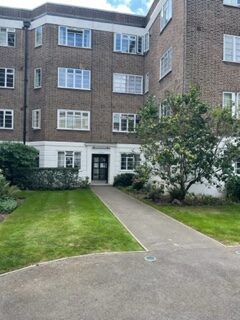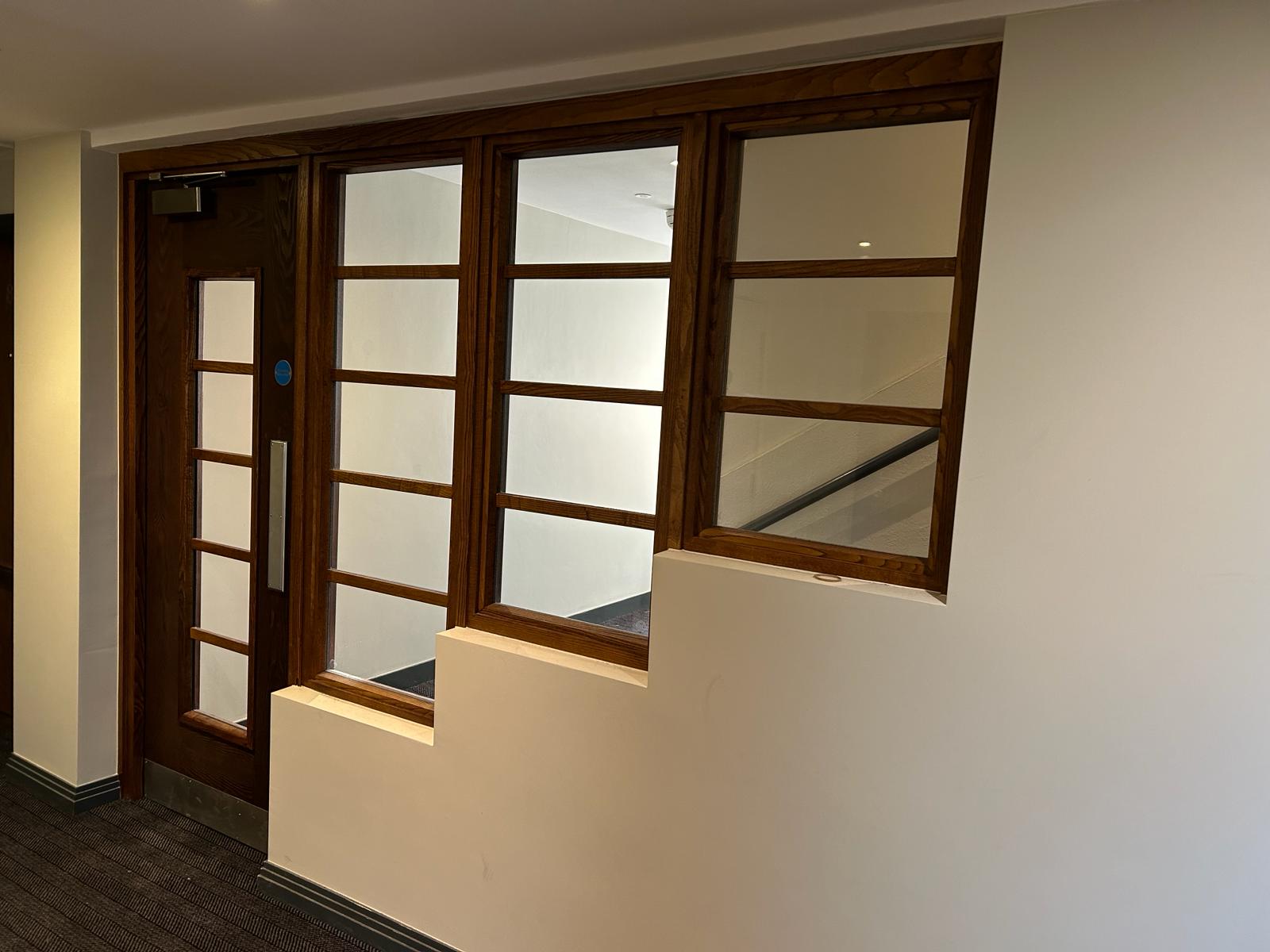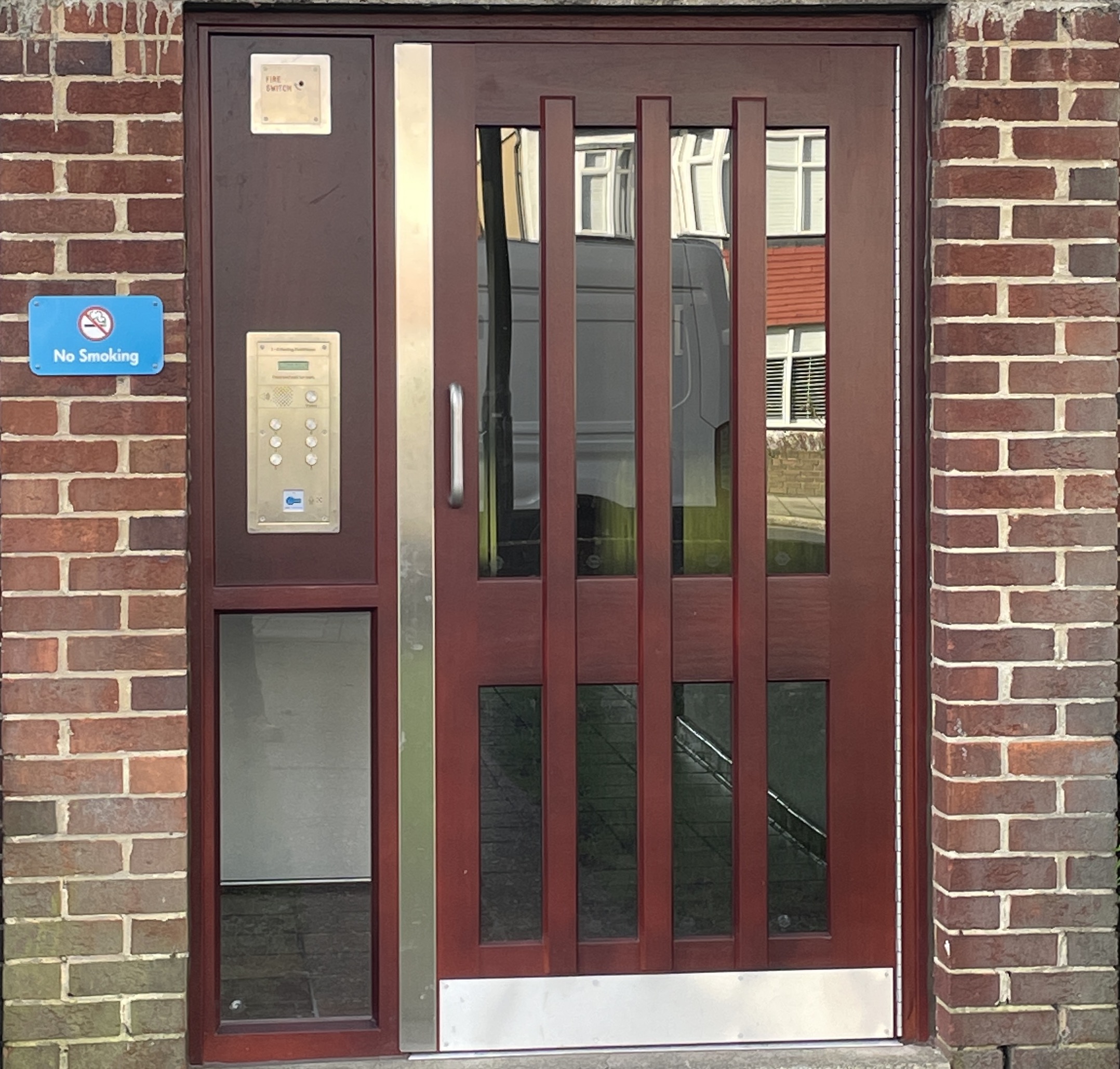When it comes to sourcing doors, there’s a lot to think about — such as appearance, materials and security. This is certainly true for communal security doors, which are often subjected to vigorous wear and tear.
Plus, being security doors, they need to offer high levels of safety for occupants and building contents.
Over the years, a number of standards have been implemented, defining what makes a door suitable and providing a certain level of confidence for end users.
The problem is that there are so many different standards for communal security doors that navigating them and understanding all the requirements can be confusing for specifiers. To make things even more difficult, there are several licensing and approval schemes that are often mistaken for required standards.
So whether you’re trying to select a communal security door and need to know which standards to pay attention to, or if you’re simply having trouble remembering the difference between PAS 24 and BS 6375, here’s a list to help you keep track:
General performance
BS 6375 provides guidance on performance characteristics for windows and doorsets intended for the UK market. It replaces the now-withdrawn PAS 23.
The standard includes three parts. Part 1 deals with weathertightness, including air permeability, watertightness and wind resistance; Part 2 covers operation and strength characteristics; and Part 3 provides additional performance characteristics and includes guidance on selection and specification.
Inclusive access
In 2010, the Equality Act (EA) incorporated and repealed the Disability Discrimination Act (DDA), rendering the DDA and terms such as ‘DDA-complaint’ obsolete.
Like the DDA, the EA offers protection for people who are disabled. However, it relates to access to services — rather than to premises — so buildings and products cannot be called ‘EA compliant’. Instead, they need to meet the requirements of Part M of the Building regulations or BS 8300.
Building Regulations Part M – Approved Document M provides guidance for dwellings and other types of buildings. It covers topics including door measurements, opening direction, approach routes, vision panels, closing force and thresholds. Read our guide here.
BS 8300 – This technical standard looks at the design of buildings — including approach routes, entrances and interiors — and provides best-practice recommendations to ensure they meet the practical requirements of people who are disabled.
Security
Building Regulations Part Q – Approved Document Q covers standards for robustness and hardware to help ensure doors and windows are able to resist physical attack by a burglar.
PAS 24: 2016 – The specification for enhanced security performance requirements for doorsets and windows in the UK; this sets out minimum requirements and acceptable test criteria for products to resist attack from opportunistic crime.
Secured by Design (SBD) – This is often mistaken for a standard, but it’s actually a membership and licensing scheme created to ‘design out crime” by promoting the use of ‘Police Preferred Specifications’. To gain SBD approval, a manufacturer must have their products successfully tested in accordance with the standards prescribed by SBD. Read our guide on SBD doorsets and windows here.
STS 202 Issue 3: 2011 – Defines requirements for burglary resistance of doorsets, windows, curtain walling, security grilles, garage doors and shutters.
LPS 1175 Issue 7.2 – Similar to STS 202
EN 1627-30 – This European standard specifies the requirements and classification systems for burglar-resistant characteristics on doorsets, windows, curtain walling, grilles and shutters.
Locking
There are several standards that define the performance requirements and test methods for thief-resistant locks, depending on the type of locking mechanism in question.
These include:
TS 621 – For electromechanically operated lock assemblies.
BS 3621:2007+A2: 2011 – For key egress.
BS 8621:2007+A2: 2011 – For keyless egress.
BS 10621:2007+A2:2011 – For dual-mode lock assemblies.
In addition, Sold Secure is a scheme in which manufacturers can apply to have their products approved. Testing is based on BS EN 1303:20115 (a standard covering cylinders for locks) and BS 3621. Most products can receive a Bronze, Silver or Gold rating (a Diamond grade is also available for certain items) and once assessed, a product can include the Sold Secure quality mark.
Glazing
BS EN 12600:2002 – This standard covers impact testing for flat panes of glass used in building. It is intended to classify products by performance and mode of breakage.
EN 356:2000 – Provides details on testing and classification of security glazing in relation to its resistance against manual attack.
BS 6202 – Defines safe breaking (see also Part M).
Fire safety
BS 476 – BS 476-20:1987 – This standard describes general principles and methods for determining fire resistance of various elements of construction.
EN 1634:2014 – Covers fire resistance and smoke control tests for doors, shutters and openable windows, as well as other and elements of building hardware.
Soundcraft offers a variety of communal security doors to meet various standards and requirements. To find out more, please view our product range.




